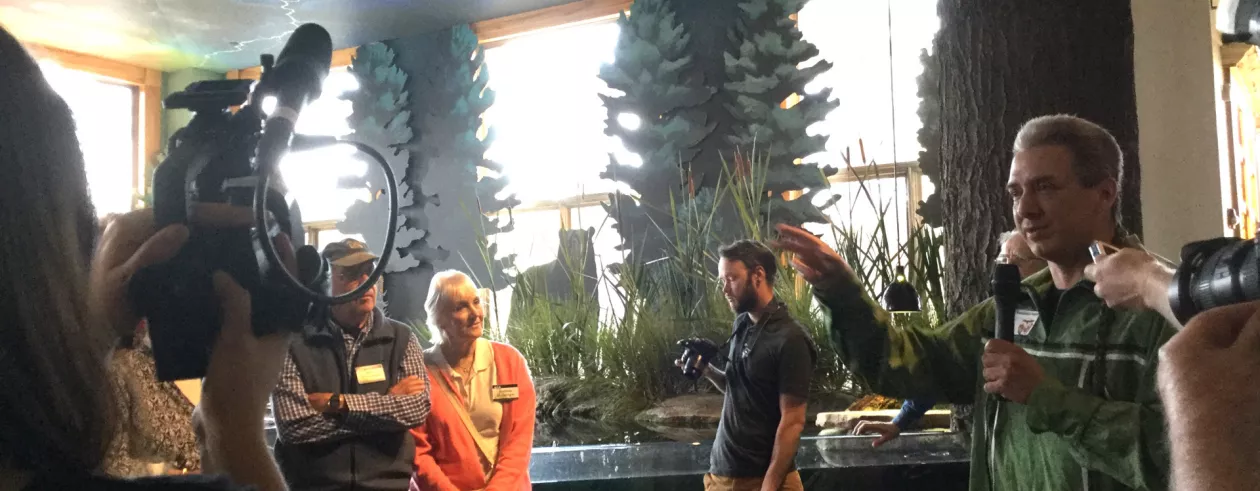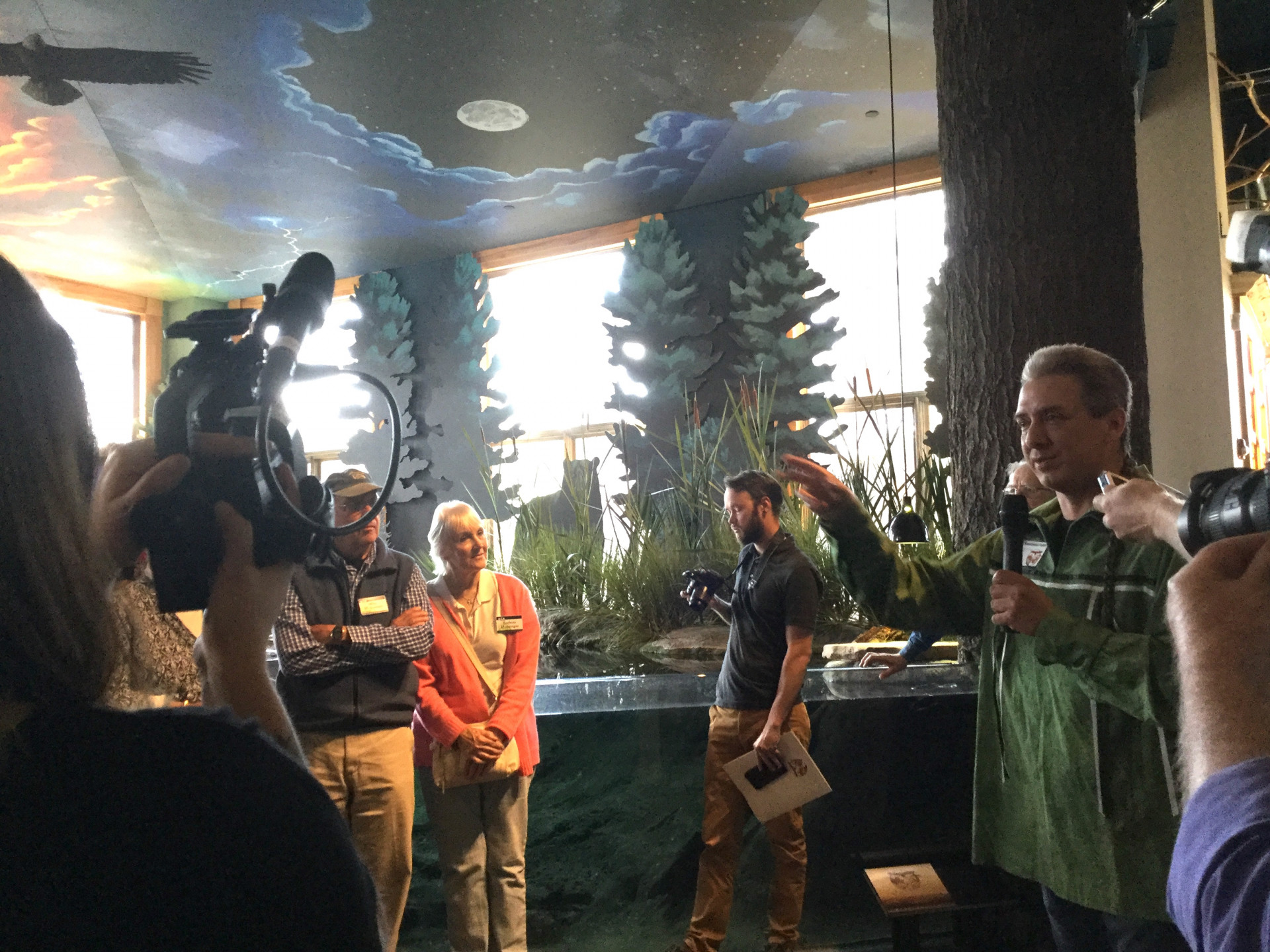
Celebrate Indigenous Knowledge
The Wild Center has opened a new set of exhibits for the summer of 2018. These came from a collaboration between several Native American cultural institutions. The idea was to expand a visitor's understanding of the thousands of years of Indigenous knowledge and spiritual practices which took place in the Adirondacks, and combine it with the deep immersion and hands-on immediacy The Wild Center is known for.
The words before all else
To celebrate the gathering, Rasentonkwa Tarbell of the Native North American Travelling College began with The Thanksgiving Address, the traditional Six Nations/Iroquois greeting. He spoke while a slide show displayed the English translation. I found this ceremony to be a deeply moving reminder of how all life interconnects.
At the end of each acknowledgement of the gifts the natural world brings to humans were the words, "May our minds be as one and stay as one."
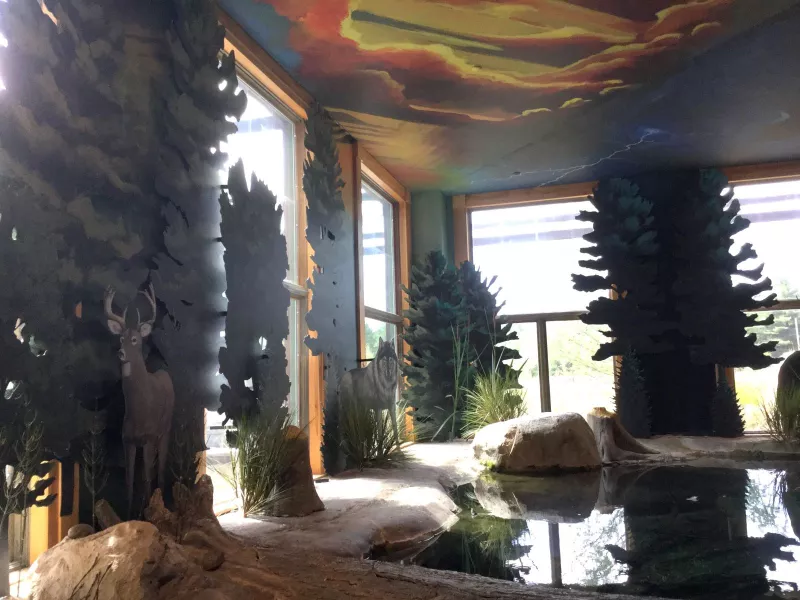
One of my favorite exhibits has been made even more inviting through the efforts of David Kanietakeron Fadden, Director of The Six Nations Indian Museum, and an accomplished artist. The living wetlands with their live turtles and ducks now have a natural day and night sky above, with a soaring eagle.
Woodland creatures like the deer and wolf (seen above) are represented to suggest a more complete and diverse ecosystem.
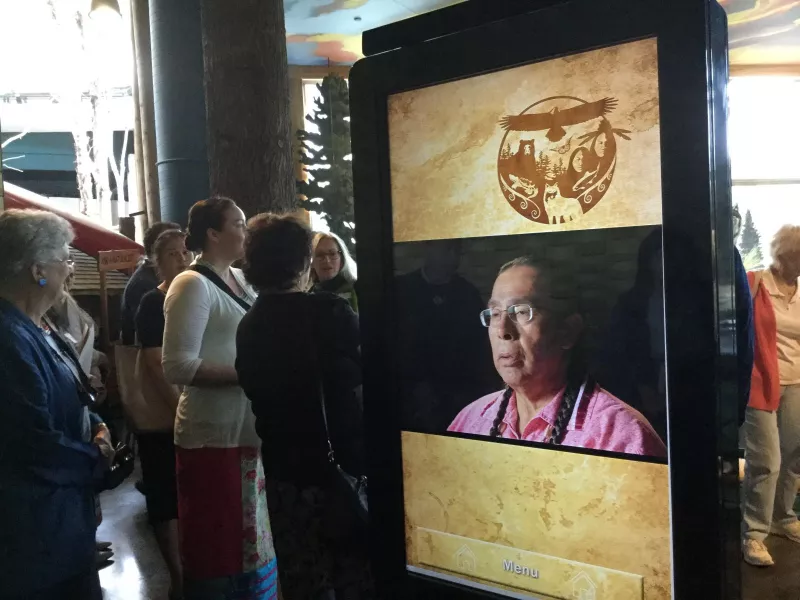
Interactive kiosks are scattered throughout The Wild Center’s new set of exhibits to bring traditional ecological knowledge to visitors in the mode used for thousands of years — in the form of telling stories, person to person. This enhances everyone's experience of both the museum and the natural world which surrounds it.
Sacred foods
Maize (corn) and winter squash, along with many forms of beans, are what Native American groups call the Three Sisters in honor of their crucial role in the food systems of North America. They also regard these sacred foods as trade goods, or means of commerce, along with their beadwork and baskets.
The next exhibit space is a brightly lit room with display cases. Here we see the ways these crops not only nourished the people, but also renewed the soil. It was an acknowledgement of the important roles all life plays in the natural world.
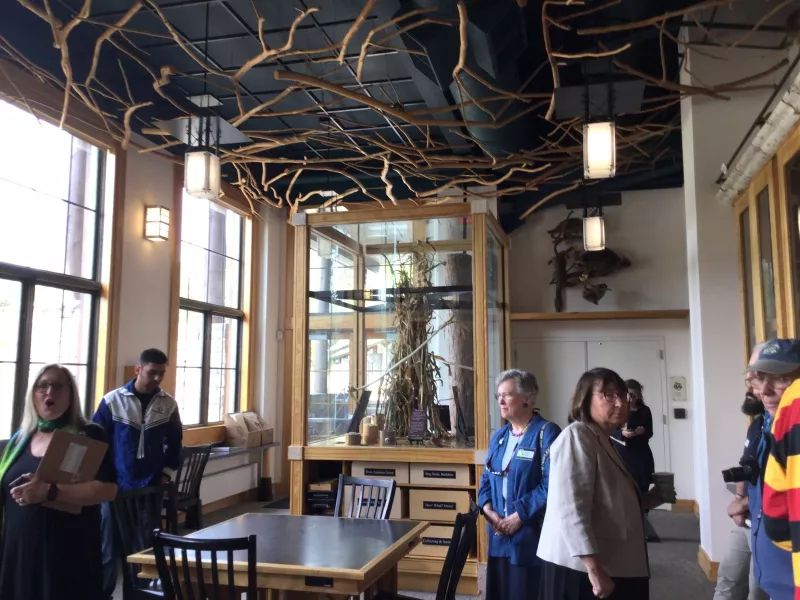
Using the technique known as companion planting, the Three Sisters are planted together and and interact with each other. The corn stalk is climbed by the beans, the beans put vital nitrogen into the soil, and the squash grows along the ground, providing cool shade for all three root systems. This ancient farming practice discourages weeds and the prickly surface of the squash vegetation has the same effect on insect pests. Like a family provides for its members, the Three Sisters provided for the people of the Adirondacks.
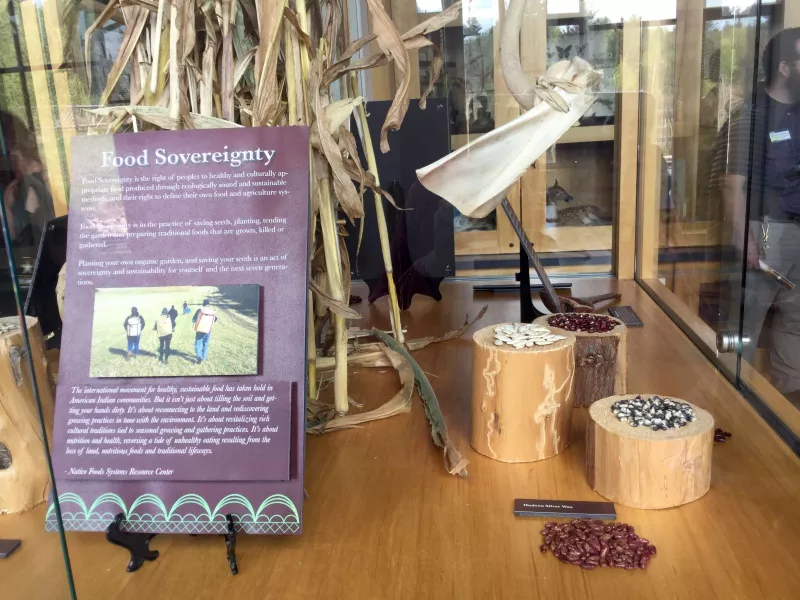
Eaten together, these three plants supply all eight essential amino acids. This helped provide for Native American protein needs at times when game was scarce. They could also be preserved, stored, and traded.
We are from Akwesasne
The center of the museum has been transformed into a series of displays showcasing Mohawk life and history. They were curated by young people from Akwesasne through the Akwesasne Library and Cultural Center.
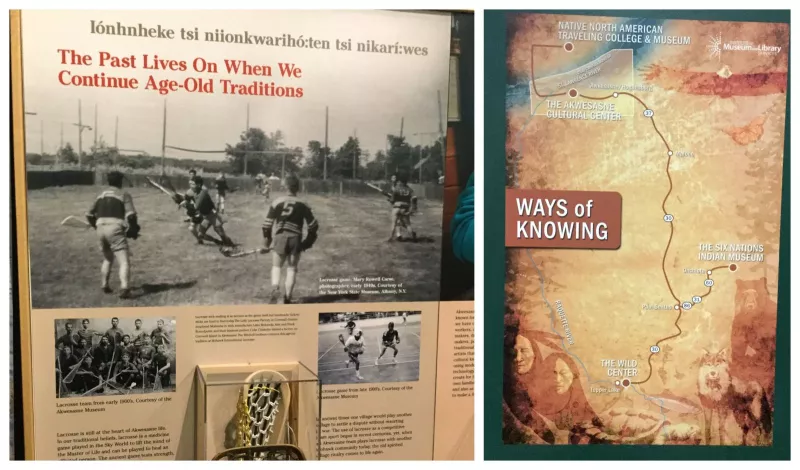
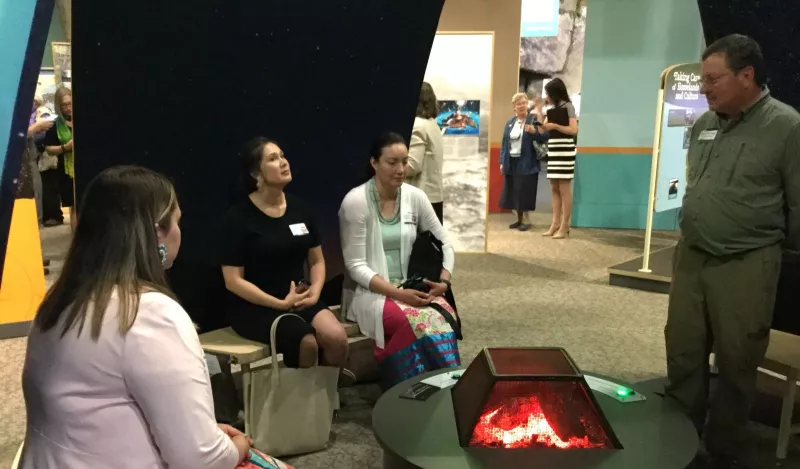
Roots of wisdom
Modern western civilization can learn from other cultures who have their roots in the understanding of nature as a loving partnership. The Wild Center's conservation and ecological missions are beautifully reflected in the exhibits that bring Native American history to life, and act as a reminder that it lives and grows here, still.
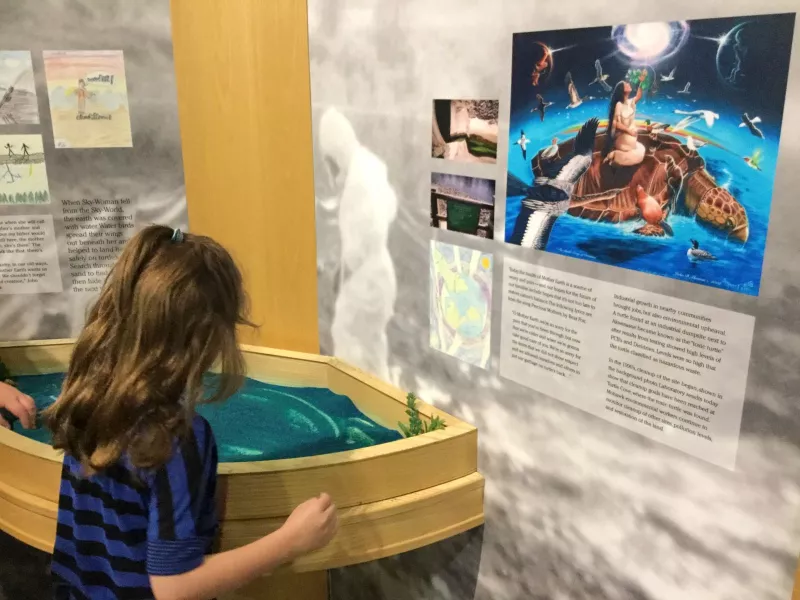
The exhibit's name, "Roots of Wisdom: Native Knowledge, Shared Science" is a reminder of how Native Americans revered the sun, the moon and stars, the native animals and plants, and the many ways these forces could be woven together for the good of all living things.
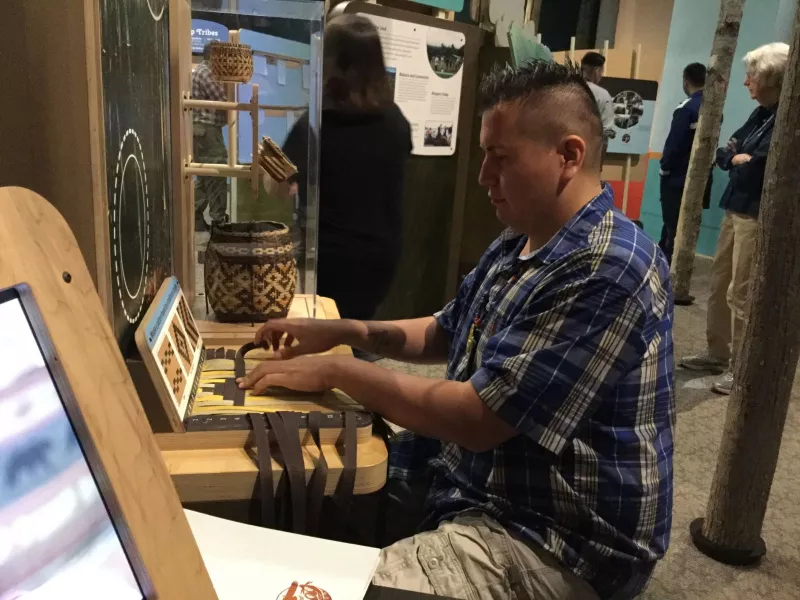
These are the stories told here. As one display says:
"You know, many times the Cherokees tell stories of things to try to convince people to live in the right way."
Freeman Owle, Cherokee Storyteller
The Wild Center has been seeking to expand beyond their early focus on western science and interpretation. Now, with the increased perspective from the incredible civilizations who were here after the glacial period, and before European settlement, this dream is available in their expanded, and re-imagined, exhibit areas.
"May our minds be as one and stay as one."
Come home to the right place to stay. Eat hearty with our dining. Find more fascinating attractions.
